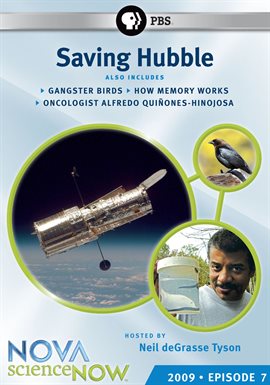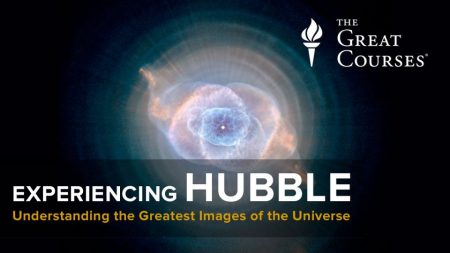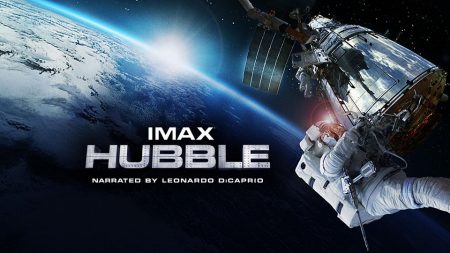On Tuesday, July 12, 2022, in a historic online live event, over 85,000 people tuned in to witness the first images from NASA’s James Webb Telescope. These otherworldly images were just as beautiful and captivating as the Pillars of Creation, the first images to come from Hubble in 1995. After decades of preparation and work from over 20,000 people worldwide, the culmination of those efforts was finally revealed. The first image that was released on July 11, 2022, by President Biden was a recreation of the ultra-deep field image taken by Hubble in 2004. The original image took over two weeks of continuous exposures to produce the final results, which astounded us all with the sheer scope of galaxies in a square inch of empty sky.
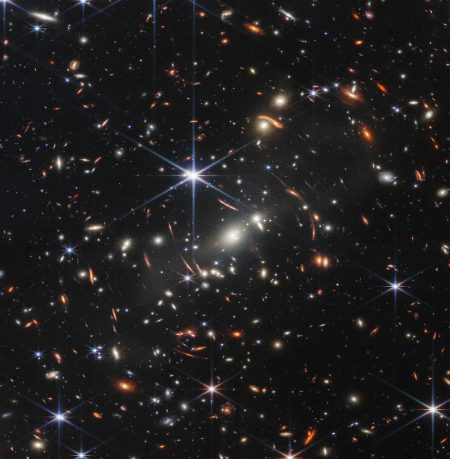
Image credit: NASA, ESA, CSA, and STScI
Webb’s image is approximately the size of a grain of sand held at arm’s length, a tiny sliver of the vast universe. The combined mass of this galaxy cluster acts as a gravitational lens, magnifying more distant galaxies, including some seen when the universe was less than a billion years old. This deep field, taken by Webb’s Near-Infrared Camera (NIRCam), is a composite made from images at different wavelengths, totaling 12.5 hours of work – achieving depths at infrared wavelengths beyond the Hubble Space Telescope’s deepest fields, which took weeks. And this is only the beginning. Researchers will continue to use Webb to take longer exposures, revealing more of our vast universe.
This image shows the galaxy cluster SMACS 0723 as it appeared 4.6 billion years ago, with many more galaxies in front of and behind the cluster. Much more about this cluster will be revealed as researchers begin digging into Webb’s data. This field was also imaged by Webb’s Mid-Infrared Instrument (MIRI), which observes mid-infrared light. (Excerpted from NASA’s Webb Delivers Deepest Infrared Image of Universe Yet. NASA Website, Editor Rob Garner).
Along with the Ultra Deep Field recreation, we also received four other images equally as stunning. These images showcase the resolution and capabilities that Webb will be able to deliver as astronomers study the universe taking a deep look into the past. Astronomers will be able to find answers to many questions we have all had as we look to the stars.
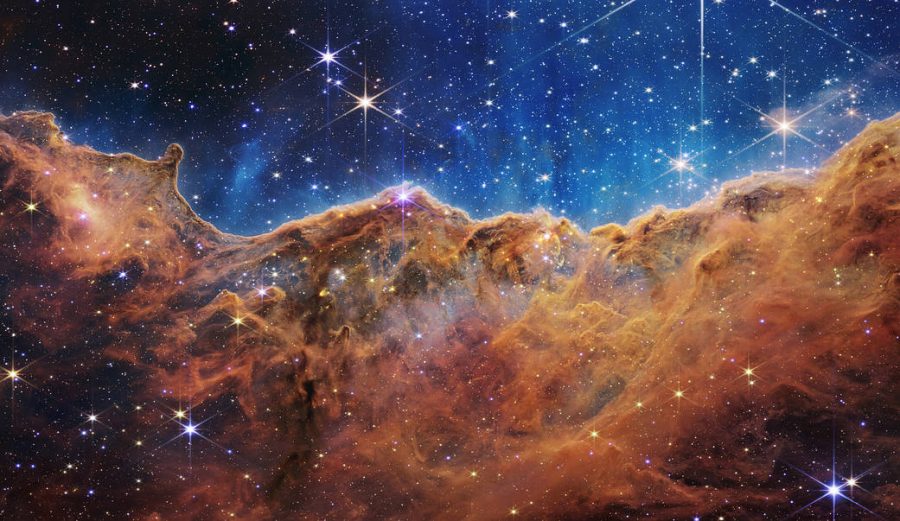
Image credit: NASA, ESA, CSA, and STScI
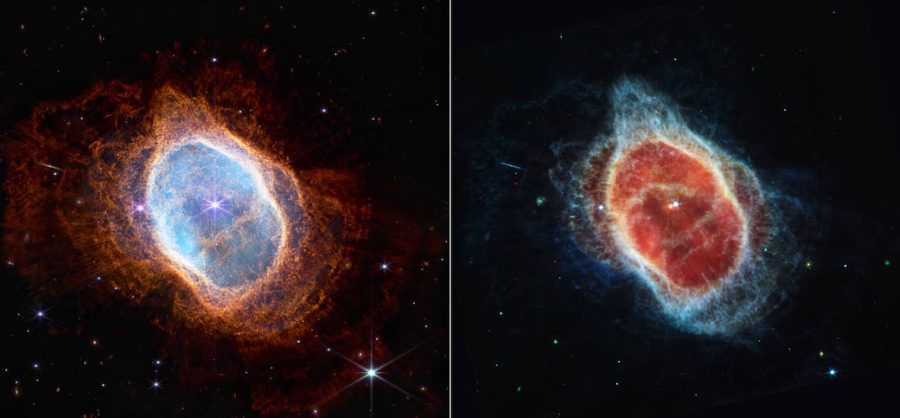
Image credit: NASA, ESA, CSA, and STScI
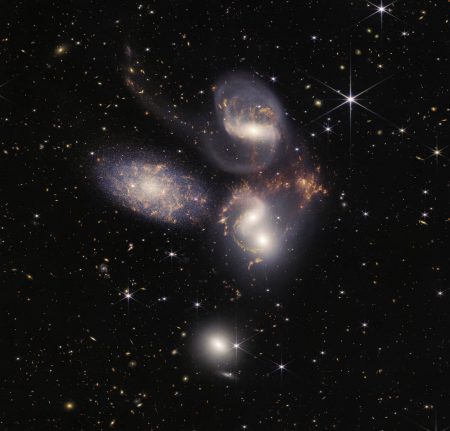
Image credit: NASA, ESA, CSA, and STScI
We were not only treated to beautiful images but were also given a glimpse of the science that Webb will be capable of, including being able to measure the atmospheric compositions of the planets around us. It is clear that the future of astronomy is bright and that we should expect new discoveries in the near future.
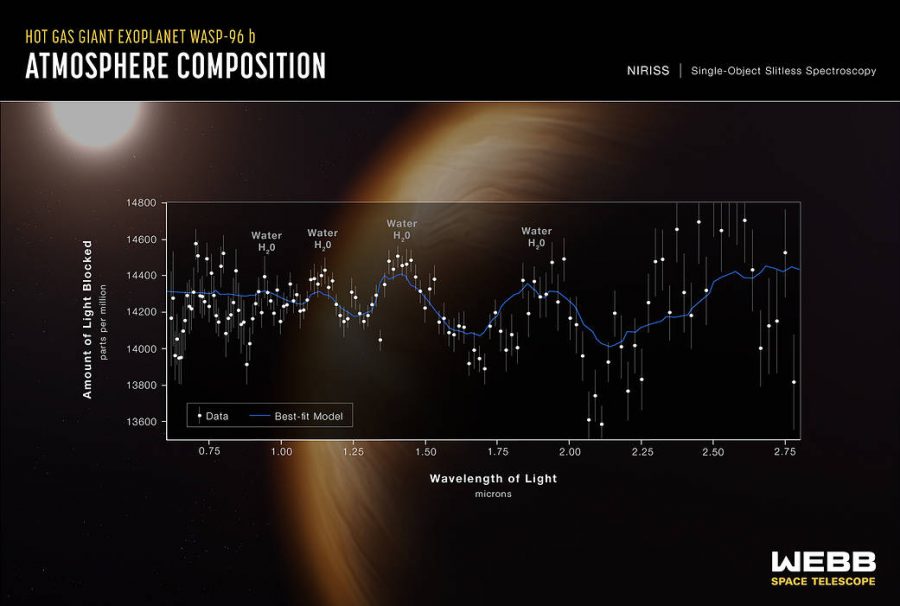
Image credit: NASA, ESA, CSA, and STScI
digital content and Upcoming Programming
If you love astronomy and are excited about its future, join us in January when we host the Adler Planetarium’s Scopes in the City program. Adler will be coming out on Thursday, January 26, 2023, with two telescopes and answering any questions you may have. We also have some great content on both Hoopla and Kanopy that takes a look back at Hubble and its amazing journey and discoveries.

